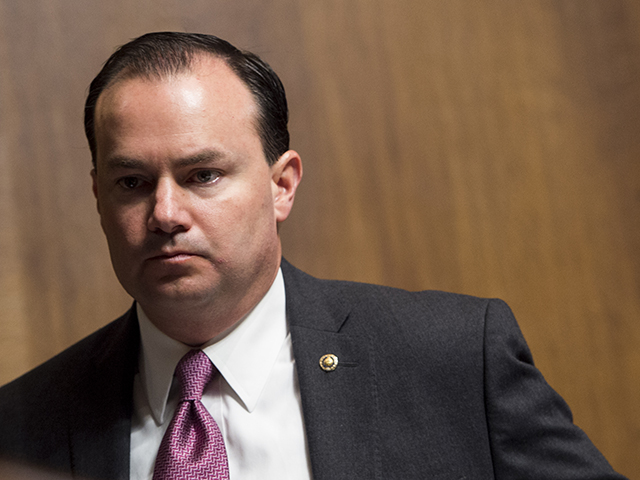Lee Introduces Plan to Reform Welfare
Rachel Sheffield /
Sen. Mike Lee (R–UT) introduced legislation last week to make welfare meet needs more constructively while exercising fiscal responsibility.
His new bill—whose House companion will be introduced by Rep. Jim Jordan (R–OH)—does three important things:
- Gets welfare spending under control. Welfare spending has increased by 16-fold since the War on Poverty began back in the 1960s. It has increased by more than a third since Obama’s first term in office and is not projected to decrease when the economy recovers. Today, government spends nearly $1 trillion on means-tested welfare programs every year. The legislation would require that total government welfare spending be incrementally rolled back to pre-recession levels (fiscal year 2007 levels, adjusted for inflation) when employment recovers and capped at the rate of inflation going forward. While it’s understandable that welfare rolls and spending might grow during a recession, it’s also important for long-term fiscal sustainability—and the capacity to provide a safety net in the future—to re-establish fiscal discipline when the need has subsided. The bill also requires policymakers to view the multi-program system as a whole and prioritize where to focus resources.
- Promotes work by reforming food stamps. The new reform bill encourages work by transforming food stamps from a handout to a hand up. Able-bodied adult food stamp recipients would be required to work, prepare for work, or look for work in exchange for receiving assistance. This policy of self-sufficiency empowers individuals through work opportunity. It is modeled after the successful 1996 reform, which transformed the largest cash assistance program into a work activation program. Within about five years of the 1996 reform, welfare rolls declined by half, employment rates among able-bodied adults jumped, and child poverty rates plummeted.
- Requires accountability for welfare spending. The proposal would also require that the President’s annual budget report total welfare spending and projected welfare spending, bringing to light the total cost of the nation’s massive welfare system. Most policymakers and the American public have no idea that the government spends nearly $1 trillion a year on 80 different means-tested welfare programs, which are spread across about a dozen federal agencies.
After five decades of an ever-expanding welfare system, this bill puts welfare on a more prudent path. Most importantly, it empowers individuals by encouraging opportunity through work. Like the 1996 reform—which, although successful, touched only one welfare program—it respects the dignity of individuals by encouraging them to use their capabilities and talents through work.
Lee noted:
Successful welfare programs are those that make poverty more temporary, not more tolerable, and we need to move current policy in that direction. The Welfare Reform and Upward Mobility Act will give all low-income Americans the opportunity to earn a good living and build a good life.

